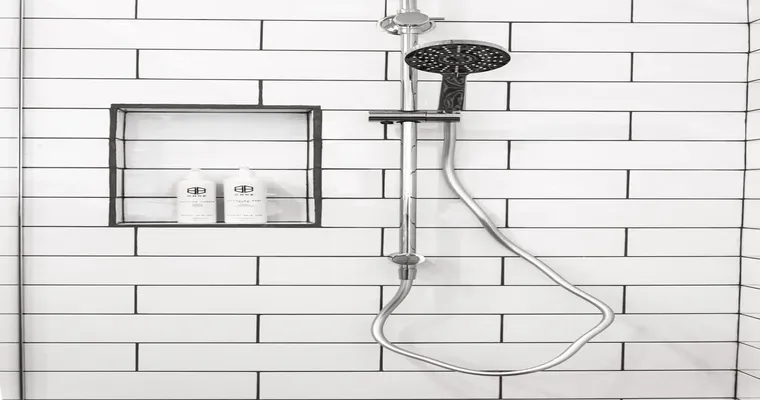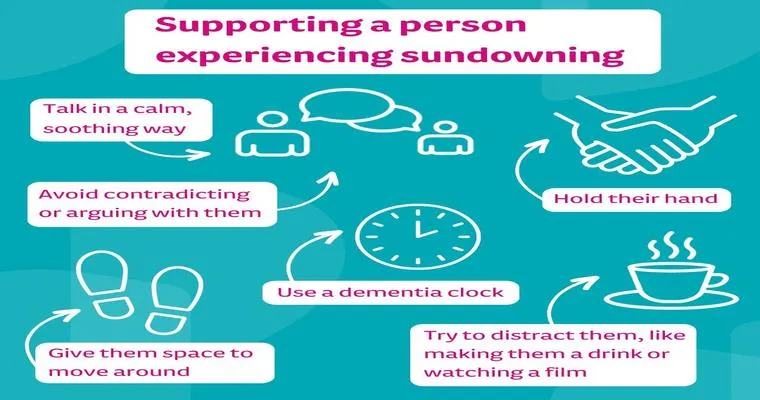Dealing with "shower refusal" can be a challenging situation for parents, caregivers, or anyone responsible for someone who is resistant to bathing. Understanding the underlying reasons for this behavior is crucial in addressing the issue effectively. Whether it’s a child who is afraid of water, a teenager feeling self-conscious, or an elderly person with mobility issues, there are various strategies to encourage a more positive attitude towards bathing.
Understanding the Reasons Behind Shower Refusal
Before implementing any solutions, it’s essential to identify why the refusal is occurring. Common reasons for "shower refusal" include fear of water, sensory sensitivities, embarrassment, or even a simple desire for independence. By understanding these triggers, you can better approach the situation with empathy and patience.
Create a Comfortable Environment
One of the most effective ways to encourage someone to take a shower is to create a "comfortable environment". Ensure the bathroom is warm and inviting. Use non-slip mats to prevent falls, and consider installing grab bars for additional safety. Adding calming scents through bath products or essential oils can also make the experience more pleasant.
Offer Choices and Control
For many individuals, particularly children and teenagers, showering can feel like a loss of control. Offering choices can empower them and reduce resistance. Allow them to select their shower products, choose between a shower or a bath, or decide on the time of day they prefer to clean up. This sense of "control" can significantly decrease anxiety around showering.
Set a Routine
Establishing a consistent bathing routine can help normalize the activity. By integrating showers into a daily or weekly schedule, individuals begin to anticipate and accept this part of their day. Make it a part of a broader routine that includes fun activities, like listening to music or playing a favorite game afterward, to create a positive association with the shower.
Use Positive Reinforcement
Encouragement and "positive reinforcement" can go a long way in overcoming shower refusal. When the individual successfully takes a shower, offer praise or a small reward. This reinforcement can motivate them to continue the behavior and gradually become more comfortable with showering.
Address Sensory Issues
For those with sensory sensitivities, the experience of showering can be overwhelming. Consider using a "handheld showerhead" to give them more control over the water flow. You might also try adjusting the water temperature to their preference or using softer sprays to make the experience less jarring. Additionally, consider bathing alternatives, such as sponge baths or wet wipes, until they feel more comfortable.
Be Patient and Understanding
Above all, patience is key in handling "shower refusal". Recognizing that it may take time to overcome these barriers is vital. Avoid pressuring or shaming the individual, as this can lead to increased anxiety and resistance. Instead, approach the situation with compassion and understanding, ensuring they feel safe and supported.
Conclusion
Handling "shower refusal" requires a thoughtful and patient approach. By understanding the reasons behind the behavior, creating a comfortable environment, offering choices, setting routines, and using positive reinforcement, you can help individuals overcome their reluctance to shower. Remember, the goal is to foster a sense of comfort and security, making bath time a more enjoyable experience for everyone involved.





